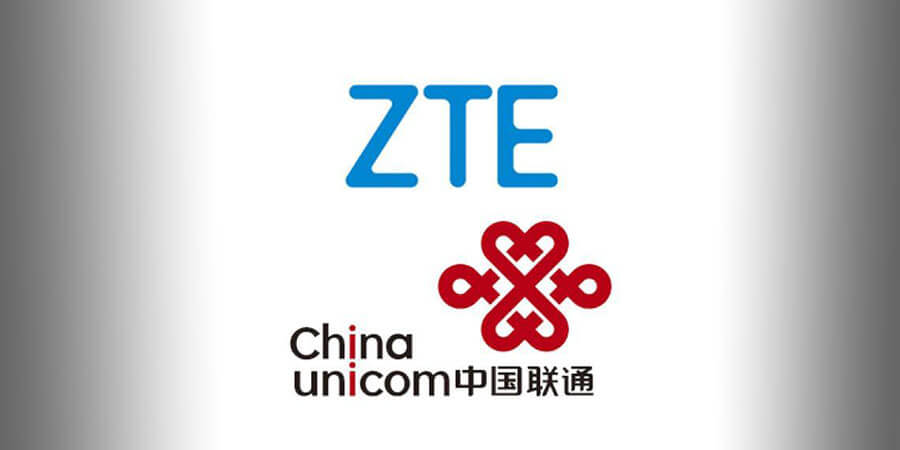ZTE Corporation has achieved large-scale commercial deployments of 3G/4G/5G tri-RAT dynamic spectrum sharing solution SuperDSS, along with the Henan branch of China Unicom.
SuperDSS, featuring a 5G evolution networking design, aims to help China Unicom build a lean multi-mode multi-service network that supports 5G from the beginning while protecting the operator’s legacy investment. In the process of network evolution, 3G/4G/5G traffic-based dynamic spectrum sharing can be simply realized through software upgrade, without additional operation and maintenance, thereby maximizing spectrum utilization and ensuring traditional voice services.
After the introduction of SuperDSS into China Unicom 2.1GHz spectrum, 3G/4G/5G dynamic sharing has been implemented on 20MHz bandwidth, with 3G bandwidth adjusted on demand, which guarantees 3G voice experience while more spectrum resources can be provided for 4G and 5G users, bringing better service experience. The existing FDD equipment can support SuperDSS through software upgrade without hardware replacement. In case of high UMTS traffic load, the UMTS bandwidth increases while the number of available LTE and NR resources decreases, and vice versa. Compared with 15MHz DSS solution, new SuperDSS solution does not affect existing 3G and 4G services while the 4G throughput can be increased by 35% at most and the 5G peak rate reaches up to 140Mbps, while the UMTS MOS keeps stable without any impact on voice service experience.
China Unicom and ZTE have been cooperating for a long time to explore the feasibility of spectrum sharing solution at different stages of network development. ZTE has always been committed to providing operators with more options, simplifying network O&M, helping operators improve user experience and brand competitiveness, maximizing FDD spectrum values and existing equipment operation benefits.
Moving forward, ZTE will continue working with China Unicom to explore the application of new 5G technologies and functions in commercial networks, including RAN-sharing, macro-micro coordination, indoor coverage, AI power-saving, and O&M solutions, so as to further improve network quality, reduce energy consumption, and build multi-mode superb networks to provide users with better network services.
